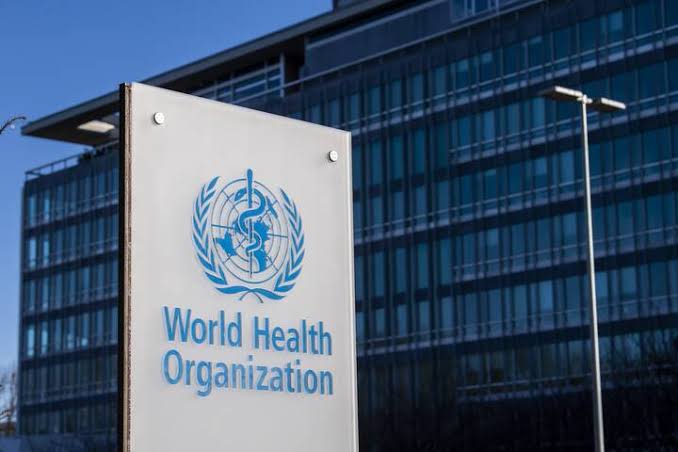The World Health Organization (WHO) has released a stark report highlighting the profound global health inequities that persist in the 21st century. The “World Report on Social Determinants of Health Equity” reveals a staggering difference in life expectancy between the wealthiest and poorest nations, a disparity that can reach up to 33 years. This chasm, the report emphasizes, isn’t merely a matter of national wealth but is intricately linked to social determinants of health, including access to safe housing, quality education, and decent employment opportunities. These factors significantly shape an individual’s health trajectory regardless of their country’s overall economic standing. The report underscores that one’s birthplace can dramatically influence their lifespan, with those born in less advantaged circumstances facing a considerably shorter life expectancy.
The report’s findings paint a grim picture of a world divided by unequal access to fundamental resources and opportunities. It emphasizes that health outcomes follow a social gradient, with those living in more deprived areas experiencing poorer health. This pattern holds true across both affluent and impoverished nations, demonstrating that social and economic disparities within countries also contribute significantly to health inequities. The report further highlights the disproportionate burden borne by marginalized and discriminated-against populations, such as Indigenous communities, who consistently experience lower life expectancies compared to non-Indigenous counterparts. This disparity transcends national income levels, affecting Indigenous populations in both high and low-income countries.
Beyond national borders and economic classifications, the report exposes how social determinants create a hierarchy of health within countries. A striking example is the increased vulnerability of children born in poorer countries, who are 13 times more likely to die before their fifth birthday compared to their counterparts in wealthier nations. This stark statistic highlights the devastating impact of inequitable resource distribution on the most vulnerable members of society. Furthermore, the report reveals that closing the gap between the richest and poorest sectors within low-and-middle-income countries could save the lives of nearly two million children annually. This underscores the potential for substantial gains in child survival by addressing internal disparities.
The report also examines maternal mortality, another critical indicator of global health equity. While maternal mortality has declined by 40% since 2000, the vast majority of these deaths (94%) still occur in low and lower-middle-income countries. This persistent concentration of maternal mortality in less developed nations highlights the urgent need for targeted interventions to improve maternal health outcomes in these regions. These findings underscore the crucial role of social and economic factors in shaping health outcomes, even in areas where overall progress is being made.
The 2023 report serves as an update to the 2008 report from the WHO Commission on Social Determinants of Health, and it delivers a sobering assessment of progress toward achieving health equity. Despite earlier targets set for 2040 aimed at reducing disparities in life expectancy, childhood mortality, and maternal mortality, both between and within countries, the report reveals that these goals are likely to be missed. Furthermore, existing data, though limited, suggests that health inequities are, in many cases, widening rather than shrinking. This concerning trend emphasizes the urgency of implementing effective strategies to address the root causes of these disparities.
The WHO calls for comprehensive action to tackle the multifaceted challenge of health inequity. At the heart of this call is the need to address economic inequality and invest significantly in social infrastructure, ensuring universal access to essential public services. The report also emphasizes the importance of dismantling structural discrimination, a deeply ingrained barrier to achieving health equity. Furthermore, it calls for addressing the determinants and impacts of conflicts, emergencies, and forced migration, all of which exacerbate existing health inequalities. These recommendations highlight the need for a multi-pronged approach that tackles both the underlying social and economic drivers of health inequity and the specific challenges faced by vulnerable populations.














